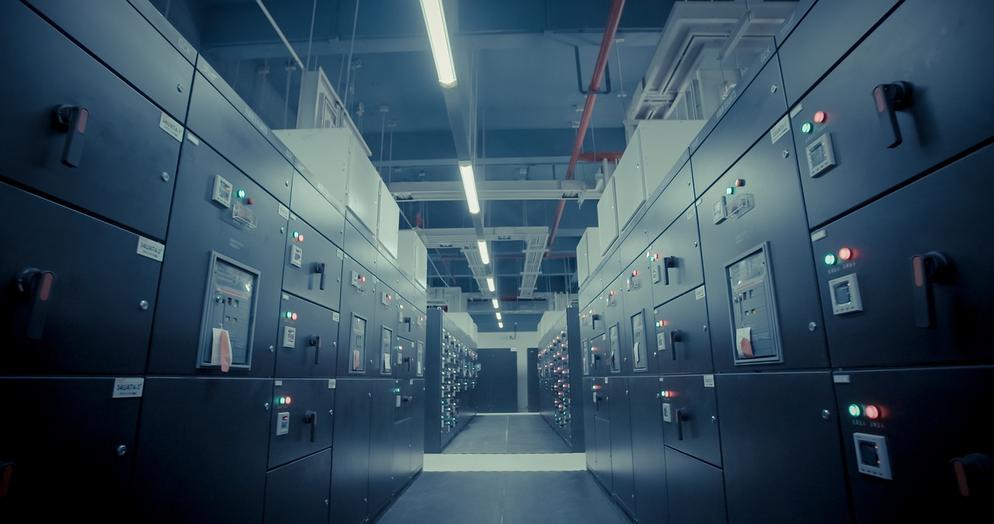For many in the information technology space, DevOps is not a new concept. In the data center space, however, it is still relatively new. Although many data center managers now fully understand the value of an agile approach, there still exists some resistance to DevOps across multiple industries, and data centers are no exception.
A blending of IT operations and development, DevOps exists to foster greater communication and collaboration throughout the IT department. It breaks down silos, and it enables greater efficiency and flexibility in the day-to-day.
Within the data center, it also has several unique and distinctive benefits that provide strong arguments for its implementation.
It’s Nearly Essential for Cloud Deployments
“DevOps and Cloud are joined at the hip,” writes David Linthicum, Chief Strategy Officer at analyst firm Deloitte Consulting. “The overwhelming majority of cloud development projects employ DevOps, and the list will only get longer…What’s most interesting is that the cloud isn’t really driving DevOps; rather, DevOps is driving the interest and growth of [the] cloud.”
Modern DevOps is now most commonly associated with cloud development, as it is an approach uniquely-suited to its rigors and demands. By association, this means that it’s also well-suited to cloud deployments of all sorts within the data center. The cloud, by nature, requires a different approach to infrastructure management, deployment, and development; this approach is one that traditional data centers are ill-suited to adopt.
Moreover, as noted by the development publication DevOps Zone, it can be highly beneficial to provide DevOps services to a data center’s customers after migrating to cloud-based apps or infrastructure.
It Helps Deal With Outdated Architecture
“Legacy infrastructure and operations practices and traditional data center architectures are not sufficient to meet the demands of digital business,” reads a 2018 blog post published by analyst firm Gartner. “Digital transformation requires IT agility and velocity that outstrips classical architectures and practices.”
Implementation of an agile approach to operations, infrastructure, and development is the first step in modernization. According to Bill Kleyman, Executive Vice President of Digital Solutions at data center operator Switch, DevOps teams can do some downright incredible things with legacy systems. They can help you determine performance bottlenecks in your overall architecture, while also optimizing and eliminating problematic components.
Greater Operational Efficiency is Always a Good Thing
Efficiency is a critical driver of data center management. The more you can streamline your facility’s workflows while still preserving stability and security, the better. Efficiency is also at the core of agile development, and it can be applied to the data center space in several ways.
One of these ways, says Clive Longbottom of technology publication Search Data Center, is through the creation of multiple feedback loops.
“A DevOps environment integrates any feedback received at either a technical level via metrics or directly from users via the help desk,” Longbottom explains. “This setup ensures that developers get rapid, effective visibility of any code-based issues but also the priority level of the issue. This eliminates the need for data center admins to knock down the developers’ door and try to impress upon them the urgency and severity of any production issues that appear in the data center.”
You can take this a step further, as well, through multiple processes and applications designed to automate workflows and more effectively scale data center resources.
Devops and the Data Center Go Hand in Hand
DevOps should no longer be treated as foreign to the data center. As more and more facilities move along the path towards digital transformation and the cloud, it’s becoming a critical driver. Within the software-defined data center, it enables more effective collaboration, communication, workflows, and resource management.
